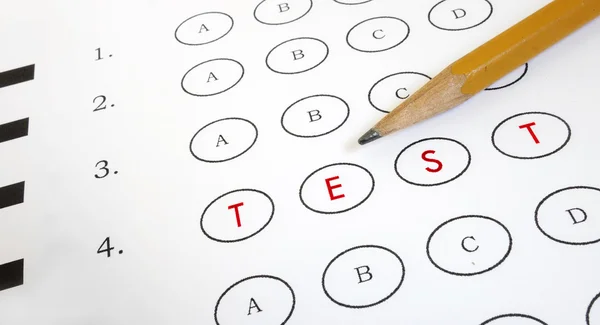About Kennet Aviation
AIRCRAFT MAINTENANCE
Kennet Aviation was formed in 1991 with the purchase of its first aeroplane, a Percival Piston Provost TMk1 G-MOOS, it became a regular on the airshow circuit for many years. To keep G-MOOS flying, and as parts for these old aeroplanes were becoming harder to find, a donor airframe was purchased to use for spares. As it was in such good condition, it was decided to restore the airframe to full flying condition.
Rolls Royce Engineering
This Piston Provost airframe, complete with engine, was found at the Rolls Royce engineering facility in Bristol, being used as an instructional airframe for apprentices. It had been “walled” into a large workshop and we had to take part of the wall down to get it out; one wing was off and the fuselage was littered with sweets. However, the engine had been inhibited and when opened for inspection, it was found to be in excellent condition. Fully restored and the first Kennet Aviation aircraft to have the registration begin with Kilo Alfa (Kennet Aviation), that aircraft is now flying with the Shuttleworth Collection as G-KAPW.
Kennet Aviation has since returned 12 aircraft to airworthy condition. Some have needed servicing to qualify for a Permit to Fly by the CAA, while others have required full ground-up restoration, involving stripping and refurbishment of systems such as hydraulics, engines, ejection seats, and so on.
G-AOBU and the Rolls Royce Viper 102
In 1992, Kennet purchased the Hunting Percival Jet Provost TMk1, registration G-AOBU, from The Shuttleworth Trust. The airframe and engine were in very good shape, with less than 200 hours on them. However, the original Armstrong Siddeley Viper 5 engine was a no-go with the CAA, but approval was gained to use a later Rolls Royce Viper 102 engine. This rare aircraft was the only one of two survivors and when she made her first post-restoration flight, she was the only one to fly.
In 2001, Kennet sold its Meteor F8 G-METE to the Temora Aviation Museum in Australia, along with a spare airframe. Temora was building its collection and looking for aircraft that flew with or were types that flew with the Australian forces. The Meteor was one such aircraft, one having shot down a Mig in Korea being flown by an Australian pilot.
Seafire Mk XVII SX336
Kennet was introduced to a partially restored Supermarine/Westland Seafire Mk XVII SX336 project that same year. The team at Kennet restored the Seafire to flying condition over the next five years and she flew on 6 May 2006, the 40th anniversary of her first flight at Westlands in Yeovil on 06 May 1946. The test pilot that day in 1946, John “Tommy” Thompson, was on hand to see her fly, 60 years to the day that he took her up for the first time. Pete Kinsey, Chief Pilot of The Fighter Collection made this first flight.
Kennet then took on the maintenance of AD4NA Skyraider G-RADR in 2003, previously on the air show circuit with The Fighter Collection. It continued to operate on the circuit with Kennet before undergoing long-term maintenance in 2016 — it should be flying again in 2021.
Kennet’s Gloucester Meteor F8 and Jet Provost TMk5 have also been active on the UK air show circuit. John Beattie, retired Lt Cdr of the Royal Navy, has been flying with Kennet since 1995 and has been Kennet’s Chief pilot since 2006. He has displayed all the Kennet aircraft, from Scout to Wasp, from AT-6D to Skyraider. The AT-6D is also in demand as a camera ship as it has a fully swivelling rear seat that allows the photographer to get great camera angles without the unusual contortions often required by aerial camera buffs.
Kennet has enjoyed a relationship with the Royal Navy Historic Flight for many years. The Flight uses Kennet’s AT-6D for pilot training and proficiency every year. In 2007, the Royal Navy Historic Flight asked Kennet to put its newly acquired Seafury TMK.20, G-RNHF on the register. The aircraft arrived from the US, where it had been on the US Experimental Category, incorporating modifications that would require CAA approval. Kennet restored RNHF back to as original condition as possible and she was granted a CAA Permit to Fly.
In 2015, Kennet took on the restoration of Seafire MkXV, SR462, G-TGVP. Kennet had previously assisted in the restoration of Wes Stricker’s Seafire XV, PR503, in the US, where it had won Best Fighter at Oshkosh in 2010.
As well as fixed-wing aircraft, it became the first organisation to put a Westland Scout helicopter on the civil register. The Scouts had been recently released from service by the Ministry of Defence and Kennet was tasked with putting Scout AH1, XV140 on the register with a Permit to Fly — the first of several Westland helicopters Kennet was to successfully put on the register.
In 2016, Kennet moved from North Weald to a purpose-built new hangar at Old Warden. Our premises include newly converted workshops that incorporate a Spitfire fuselage restoration bay and wing restoration bay with jig.
Kennet Aviation has already amassed a huge amount of Spitfire/Seafire spares from all over the world. And now with our new offshoot, Kennet Engineering, we can manufacture parts for our own projects and for other customers.
So Kennet has gone from flying and operating, to maintenance and restoration, to adding manufacturing to its considerable skillset.

